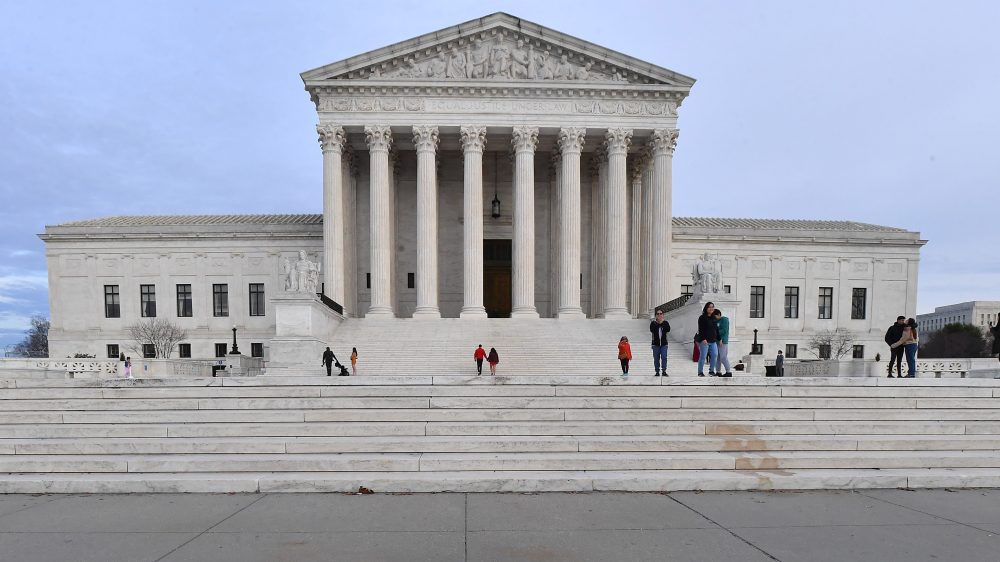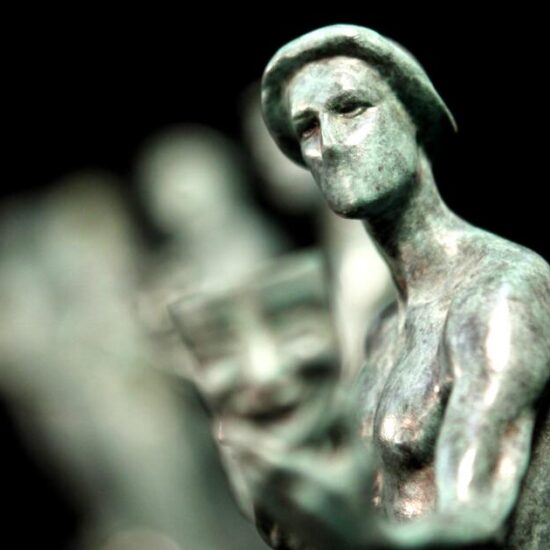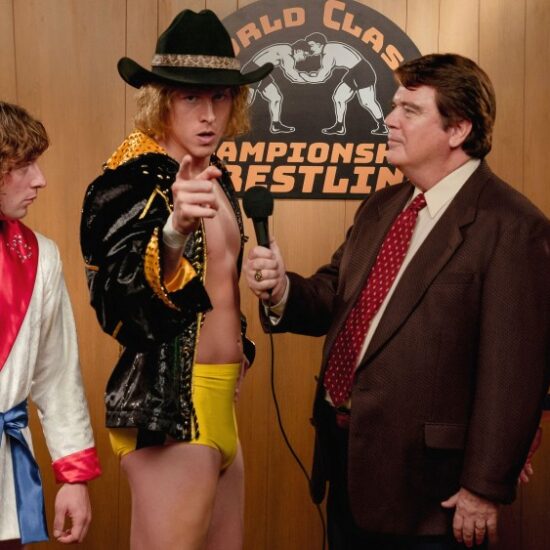
Purpose and character. These are now solidly enshrined as the buzzwords of copyright law on the heels of the Supreme Court’s 7-2 ruling earlier this week in the case involving the estate of Andy Warhol and photographer Lynn Goldsmith.
The decision at first blush seemed to be a clear-cut win for copyright owners and artists who create original works. But the court’s majority decision, penned with verve by Justice Sonia Sotomayor, is already proving divisive among experts on intellectual property rights. It demonstrates the difficulty of setting up hard and fast rules around highly subjective questions, such as when an artistic or literary work is “transformative” of an earlier work and whether its ultimate use is for commercial purposes, or not. The case has been closely watched in part because it’s sure to have implications for the tidal wave of AI-generated art and literary works that are to emerge, and the still-larger wave of litigation likely to follow.
The Supreme Court’s Warhol decision hinges on the legal concept of “fair use,” which allows for the use of copyrighted works without the owner’s permission in certain circumstances such as for writing criticism or commentary about those works, or for use in news reporting, teaching, scholarship or research. The fair-use concept has been bolstered in the law by a four-factor test, or four guiding principles designed to help judges decide where to draw the line. In the past, if the subsequent work was seen as “transformative” of the underlying copyrighted materials — adding new elements that change the meaning or purpose of the original work – that could win protection by a fair-use claim.
In Andy Warhol Foundation for the Visual Arts Inc. vs. Goldsmith, the case turned on the use of an orange-colored Warhol silkscreen print of a photograph of Prince (aka Orange Prince) on a 2016 Vanity Fair magazine cover that paid tribute to the legendary musician after his death. Goldsmith took the original Prince photo that Warhol had adapted for Vanity Fair as a purple-colored Prince in 1984. Back then, Goldsmith was paid $400 and received a source photographer credit from Vanity Fair. In 2016, Vanity Fair licensed the Orange Prince image from the Warhol Foundation for $10,000. After Goldsmith alerted the Warhol Foundation that she believed her copyright was violated by the 2016 use of Orange Prince, the foundation sued her, seeking a declaratory judgement of non-infringement. Goldsmith countersued. The lower court ruled in favor of the Warhol Foundation’s fair-use claim, but that was reversed on appeal.
The high court’s decision, published May 18, upheld the appellate court’s reasoning that in essence, Goldsmith’s photo and Warhol’s treatment of that photo were fundamentally the same thing – an image of Prince used to illustrate a magazine article. The fact that the Warhol Foundation cashed a $10,000 check for licensing Orange Prince to Vanity Fair was clearly a key factor for the majority. The Warhol Foundation’s assertion that Warhol’s treatment of the photo gave it an entirely different “meaning and message” did not fly with Sotomayor and six of her fellow jurists.
“If an original work and secondary use share the same or highly similar purposes, and the secondary use is commercial, the first fair use factor is likely to weigh against fair use, absent some other justification for copying,” Sotomayor wrote.
Illustrating how subjective and divisive these issues can be, the majority decision stirred a fire in Justice Elena Kagan, who penned a pugnacious dissent in which she was joined by Chief Justice John Roberts.
“It will stifle creativity of every sort. It will impede new art and music and literature. It will thwart the expression of new ideas and the attainment of new knowledge,” Kagan wrote. “It will make our world poorer.”
Kagan even poked the majority for writing defensively, in her view, about her dissent in their 38-page decision.
“The majority opinion is trained on this dissent in a way majority opinions seldom are. Maybe that makes the majority opinion self-refuting?” Kagan observed in a footnote.
Kagan cites testimonials on artistic creation from Shakespeare to Richard Rodgers to Nick Cave to the rap group that lives on in copyright law lore, 2 Live Crew (which waged a long legal battle in the 1990s over their use of the Roy Orbison song “Pretty Woman”) to bolster her argument that the creation of new works sometimes requires the inspiration and borrowing from existing copyrighted materials. She writes in detail about the silkscreen process and coloring treatment that Warhol gave to Goldsmith’s original photograph in 16 images that became known as the Prince Series.
Sotomayor was not swayed. The majority’s decision also leans hard on the notion of derivative works – a concept dear to Hollywood’s heart – meaning that the original copyright owner should have the ability to transform their own work, or demand a license if another entity should seek to adapt a book into a movie, or vice versa.
“If the last century of American art, literature, music, and film is any indication, the existing copyright law, of which today’s opinion is a continuation, is a powerful engine of creativity,” she wrote. “It will not impoverish our world to require [Warhol estate] to pay Goldsmith a fraction of the proceeds from its reuse of her copyrighted work. Recall, payments like these are incentives for artists to create original works in the first place. Nor will the Court’s decision, which is consistent with longstanding principles of fair use, snuff out the light of Western civilization, returning us to the Dark Ages of a world without Titian, Shakespeare, or Richard Rodgers.”
Copyright law experts said the Warhol decision will have the effect of enshrining the first of the four factors in the fair use test as the most important measure for adjudicating copyright infringement claims. That first factor is defined in the law as a question of what is “the purpose and character of the use, including whether such use is of a commercial nature or is for nonprofit educational purposes.”
The first factor is defined in copyright law as:
- The purpose and character of the use, including whether such use is of a commercial nature or is for nonprofit educational purposes.
The other three factors are:
- The nature of the copyrighted work
- The amount and substantiality of the portion used in relation to the copyrighted work as a whole
- The effect of the use upon the potential market for or value of the copyrighted work
In the Warhol decision, the majority emphasizes that the ruling turns on the specific instance of the 2016 license of Orange Prince for use by Vanity Fair. It is not meant to open up a wave of lawsuits stemming from Warhol’s prodigious use of other photographers’ work in his art. The decision notes that a more liberal reading of fair use could allow more famous artists to profit off the work of lesser-known creators by claiming that the work is transformed just by association with a boldface name such as Warhol. The Warhol Foundation’s argument to the high court banked on persuading the judges that factor No. 1 favored their case. But the majority of the bench went the other way.
“Goldsmith’s original works, like those of other photographers, are entitled to copyright protection, even against famous artists,” Sotomayor wrote. “Such protection includes the right to prepare derivative works that transform the original. The use of a copyrighted work may nevertheless be fair if, among other things, the use has a purpose and character that is sufficiently distinct from the original. In this case, however, Goldsmith’s photograph of Prince, and [Warhol Foundation’s] copying use of the photograph in an image licensed to a special edition magazine devoted to Prince, share substantially the same commercial purpose. [Warhol Foundation] has offered no other persuasive justification for its unauthorized use of the photograph.”
A day after the decision landed, copyright mavens were re-reading it carefully to grasp its significance. It comes at a time when major players such as Getty Images has at least two lawsuits pending against AI tech companies for ingesting millions of Getty-owned photos found online.
“I think the court got it right,” Jane C. Ginsburg, professor of literary and artistic property law at Columbia University School of Law, told Variety. Ginsburg filed an amicus brief in the Warhol case with two other legal scholars. “We emphasized the necessity of sorting out the relationship between derivative work rights and fair use. And we did underscore the licensing question.”
Ginsburg and others emphasized that the first of the four fair-use factors always seemed to hold more sway than the other three, in part because it is fairly broad.
“If the test is, did you create something new, then my problem is, where do you draw the line,” Ginsburg said. “I don’t think we really want judges being art critics and assessing what is the merit of the art from the artist who has been building on some other artist’s work.”
But others feel that this narrower interpretation of fair-use rights will have a chilling effect on artistic creation. It could also significantly retard the progress of machine-learning technologies that have ingested many thousands of copyrighted works with the goal of advancing AI technologies.
“Fair use is an important tool to protect new art,” Madhavi Sunder, a professor at Georgetown Law, told Variety. “While many artists were sympathetic to Goldsmith as the ‘little artist’ who was entitled to recognition and compensation, this [decision] for many artists is going to put more hurdles and permissions and royalties in the way of using inputs in new work.”
On the now-omnipresent question of AI, the challenge for copyright in the commercial realm is to train the machine to create works that are different enough so that they don’t infringe on underlying copyrights. But she warns against the dangers of halting the progress of machine learning because of copyright concerns.
“We should not be stopping the process of machines replicating human learning,” Sunder said, because that is the pathway to “allowing AI to find ways to be innovative.” She pointed to the recent plagiarism case that musician Ed Sheeran won in a claim brought by the estate of Marvin Gaye.
“The future of the [music] industry depends on the freedom to be inspired and create new work and not be stifled by copyright,” Sunder said. The high court’s Warhol decision “is not the clear-cut victory that artists think it is.”
Marc Toberoff, a copyright attorney and veteran entertainment litigator, agreed.
“It’s clear the decision significantly narrowed fair use rights of artists and writers,” Toberoff told Variety. “On balance I don’t think that is good for the industry.”
To Columbia Law’s Ginsburg, the Warhol case was not a hard call even though she notes that fair-use claims are inevitably tricky and determined on a case-by-case basis.
“Fair use by definition deals in gray areas,” Ginsburg said. “In a case like this one where the substitution effect was so clear, I was surprised the Court took the case because to me it was a really straightforward case.”











